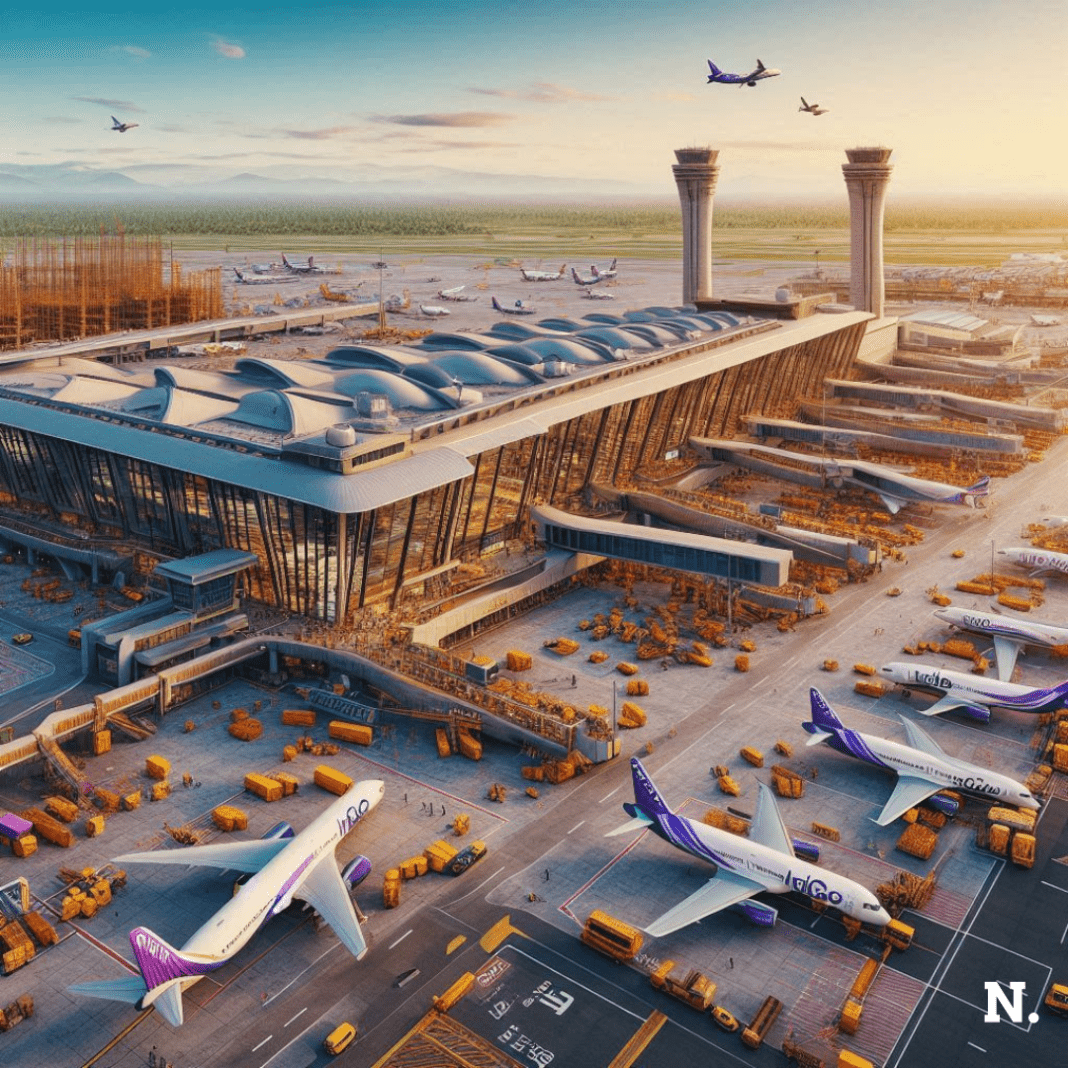India’s aviation industry is on a rapid upward trajectory, with its airports evolving into essential hubs for global air travel. Over the years, India has set its sights on turning its airports into world-class aviation centers, aiming to compete with renowned hubs like Singapore, Dubai, and London. However, there’s a more exciting transformation taking place—India’s aviation market is now being shaped by the rise of low-cost carriers (LCCs). These budget airlines are changing how Indians fly and are also redefining the course of the Indian aviation industry.
Let’s explore this significant shift and understand how LCCs are reshaping the skies over India.
The Rise of Low-Cost Airlines in India
Low-cost carriers are not a new concept in India, but they have taken center stage in driving the aviation boom. For over a decade, LCCs have been the driving force behind the country’s growing air traffic. In fact, the dominance of these budget airlines in India is staggering. Currently, the Indian airline market is led by low-cost giants, with IndiGo emerging as the leader, holding more than 60% of the market share. This phenomenal growth is largely fueled by India’s expanding middle class, which is price-sensitive and eager to travel but not necessarily willing to pay the high prices of traditional full-service airlines.
The fact that LCCs control more than 78% of the domestic market is a startling truth about the Indian airline business. This is higher than in most major aviation markets. To put things into perspective, Indonesia’s low-cost airline market covers 68.4%, Brazil 62.4%, the US 36.7%, and China only 13.2%. The sheer dominance of LCCs in India sets it apart from these global counterparts.
A major part of this revolution is being led by the airports in Mumbai and Delhi. These two airports are at the heart of India’s growing aviation market, particularly in promoting low-cost carriers as global contenders.
Key Hubs: Delhi and Mumbai Airports
India’s two biggest airports—Delhi and Mumbai—are playing crucial roles as international hubs for low-cost carriers. While both airports aspire to become global mega-hubs, similar to London’s Heathrow or Dubai International Airport, their growing importance in the low-cost airline market is undeniable.
IndiGo, India’s largest airline, has made its presence felt strongly at these airports. In Delhi, IndiGo controls a significant portion of the market, managing 31% of the 21,781 international connections available, with flights reaching over 156 destinations. Meanwhile, in Mumbai, IndiGo handles 41% of the 12,849 international connections, connecting travelers to 127 destinations worldwide.
Though these figures are impressive, India’s airports still have some ground to cover to reach the global mega-hub level. For comparison, London Heathrow, led by British Airways, serves as the top global hub, with 50% of its 61,356 international connections reaching 227 destinations. Kuala Lumpur is another rising player, thanks to AirAsia, which holds a 35% share of the airport’s 33,411 connections, catapulting it to second place globally.
Delhi and Mumbai airports are slowly becoming the backbone of low-cost carrier traffic in the Asia-Pacific region, a trend that is redefining the region’s aviation landscape.
Factors Behind the Growth of LCCs Hub
Several factors are contributing to the rise of LCC hubs at Delhi and Mumbai airports, reflecting the growing importance of the Asia-Pacific region in global aviation.
One of the biggest drivers is booming domestic demand. After the pandemic, domestic air travel in India experienced a significant surge, with more people flying not just from major metro cities but also from smaller, regional airports. The share of air traffic from the top six metro areas decreased from 69% in FY 2013 to 63% in FY 2021, highlighting the growing prominence of regional airports. Despite this, the top 10 cities in India still dominate international traffic, accounting for nearly 80% of all international travel from the country.
Another key driver is the government’s push to develop airport infrastructure. The Indian government has set ambitious targets to expand and modernize airports across the country. By 2025, it plans to invest $12 billion in building new airports and upgrading existing ones to meet the growing demand for air travel. India has already seen the number of operational airports grow from 74 in 2014 to 148 in 2023, with a goal to reach 220 airports by 2025. This expansion is crucial for enhancing regional connectivity and boosting low-cost carrier operations.
India’s UDAN (Ude Desh ka Aam Nagrik) initiative has also been a game-changer in promoting low-cost carriers. This government program focuses on improving connectivity to smaller cities and under-served regions by providing financial support for routes that are not typically profitable. This initiative has opened up new opportunities for low-cost airlines to expand their reach across the country, giving millions of people access to affordable air travel.
Challenges Faced by the LCCs
While the rise of low-cost carriers has been a game-changing development for India’s aviation sector, it is not without challenges.
One of the primary challenges is rising operational costs, particularly due to fluctuating fuel prices. Fuel accounts for almost 35-40% of an airline’s operating expenses, and price hikes can significantly impact profitability for low-cost carriers.
Another challenge is airport congestion, especially at India’s two largest airports—Delhi and Mumbai. In 2023, Mumbai Airport experienced significant congestion, leading to multiple flight cancellations and forcing planes to circle the airport for extended periods (up to 60 minutes). This not only delays flights but also increases fuel consumption, adding to operational costs.
India is also facing a shortage of qualified pilots, especially as airlines continue to expand their fleets. With plans to add 82 planes to the country’s aviation fleet by FY 2024-25, the demand for skilled pilots is outpacing supply, putting pressure on the sector.
The future of low-cost airlines in India is still bright in spite of these obstacles. The combination of strong domestic demand, government investment in infrastructure, and the expansion of low-cost airline networks will likely ensure that budget air travel continues to grow, making flying affordable for millions of Indians. In short, low-cost carriers are reshaping the Indian aviation landscape, making it easier and cheaper for people to take to the skies.





